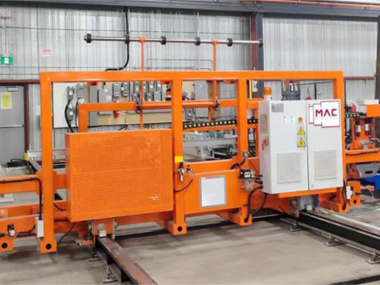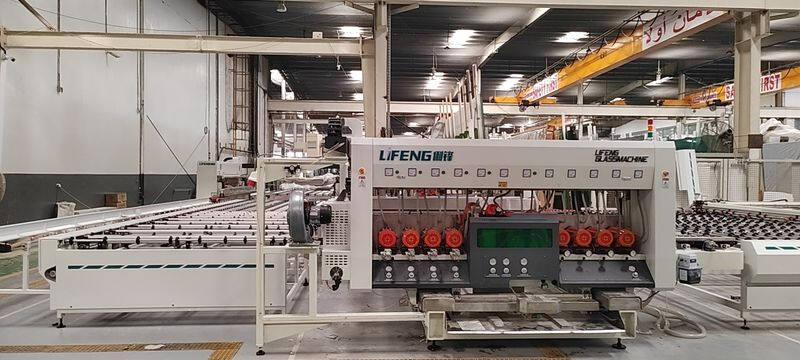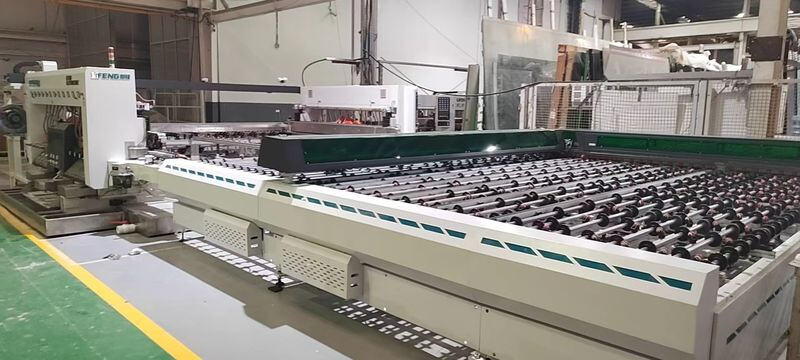laminated glass for soundproofing
Laminated glass for soundproofing represents a sophisticated architectural solution that combines multiple layers of glass with specialized interlayers to create an effective barrier against unwanted noise. This innovative glazing system typically consists of two or more glass panes bonded together with polyvinyl butyral (PVB) or similar acoustic interlayers, specifically engineered to dampen sound waves and reduce noise transmission. The technology works by converting sound energy into heat energy through the viscoelastic properties of the interlayer, effectively diminishing the amount of noise that passes through the glass. The thickness and composition of both the glass and interlayer can be customized to target specific frequency ranges, making it particularly effective against traffic noise, aircraft sound, and urban disturbances. These soundproofing glass panels find extensive applications in residential buildings, commercial spaces, recording studios, conference rooms, and hotels where noise reduction is crucial for comfort and functionality. The manufacturing process ensures that the final product maintains optical clarity while delivering superior acoustic performance, with noise reduction capabilities typically ranging from 35 to 45 decibels depending on the specific configuration.


